All sections
Submission Forms
NewsFebruary 25, 2005
Mississippi River Tales mural
The River Heritage Mural Association presents the history of Cape Girardeau with 24 painted panels on the Mississippi River floodwall.


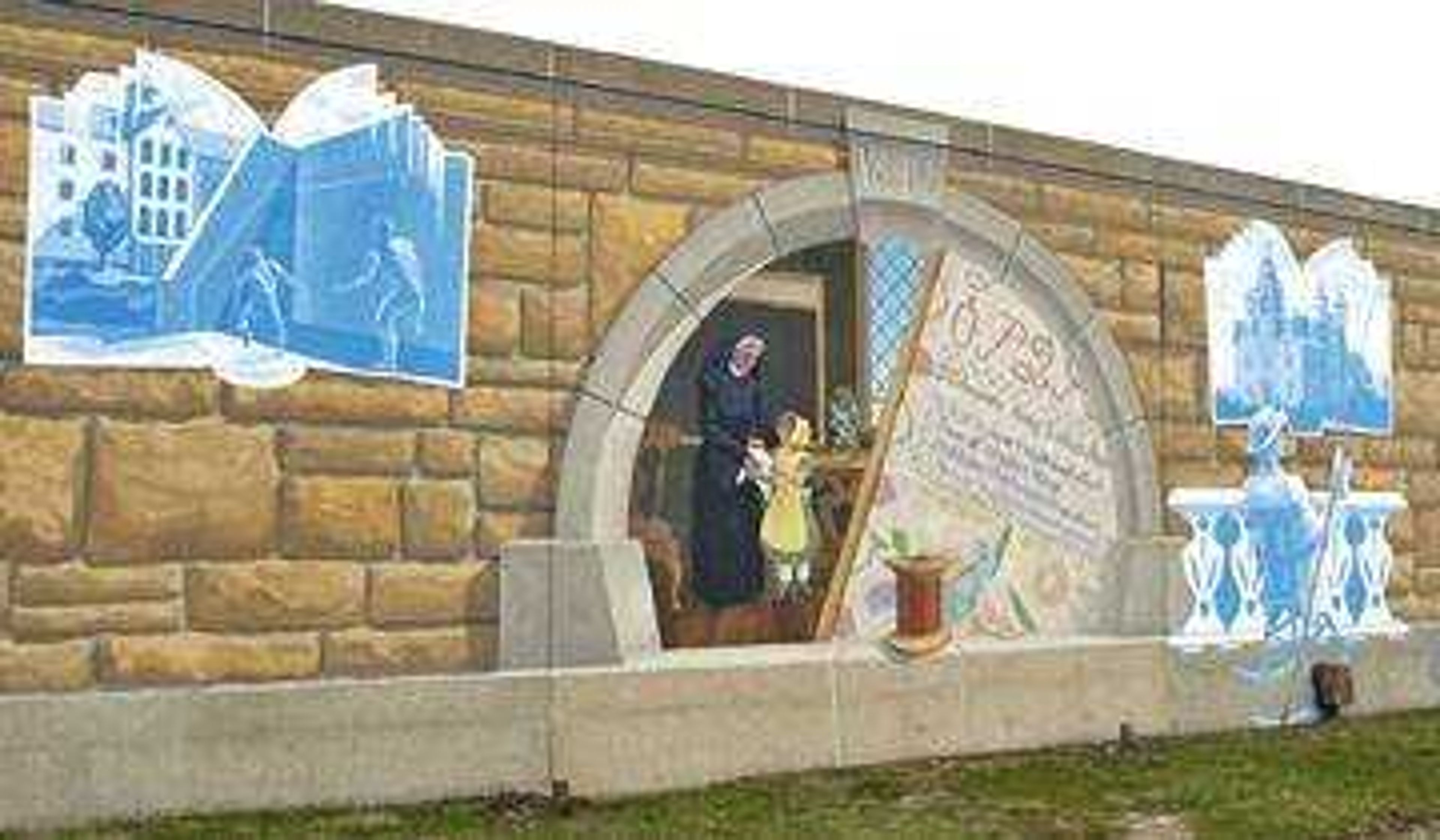
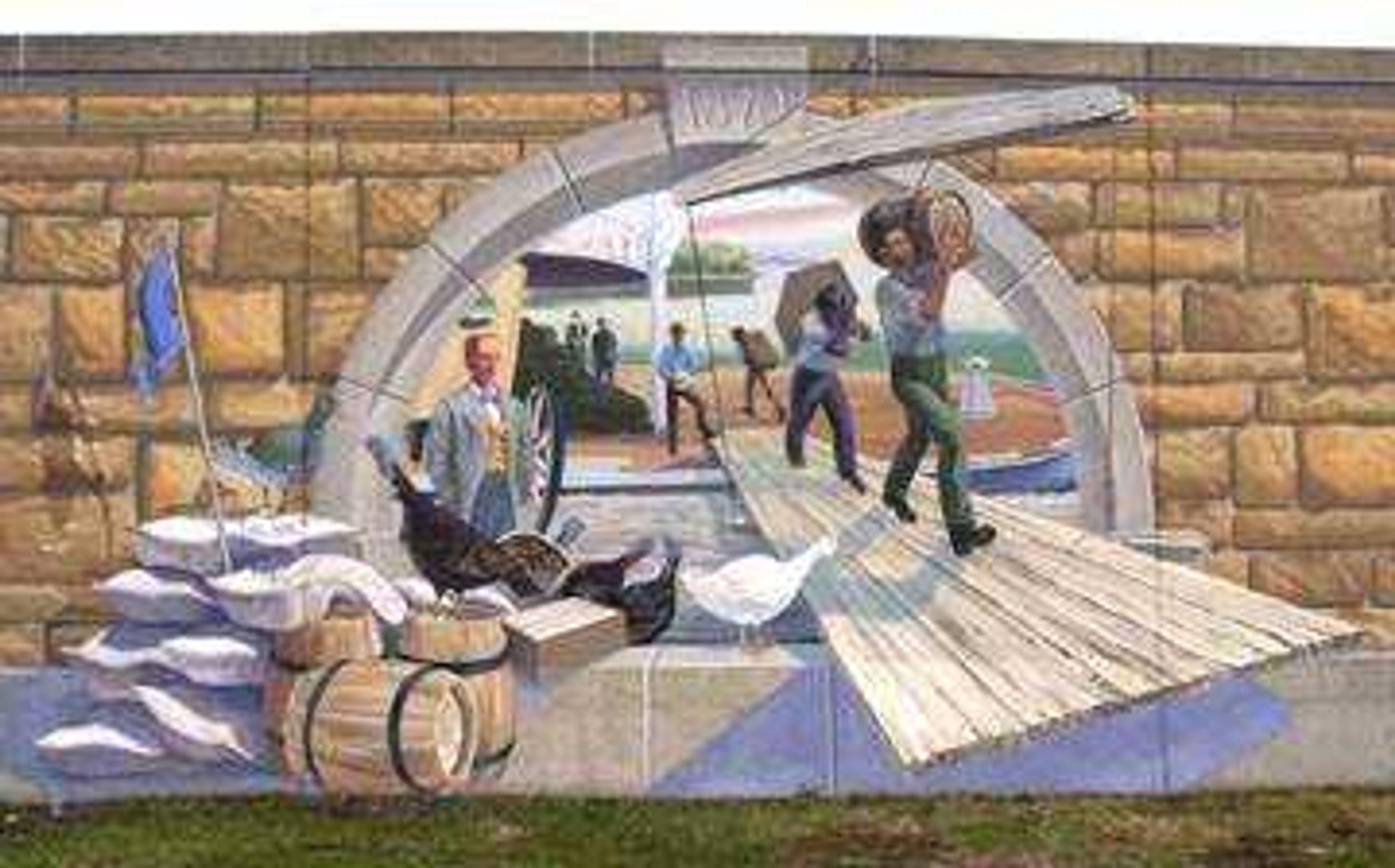
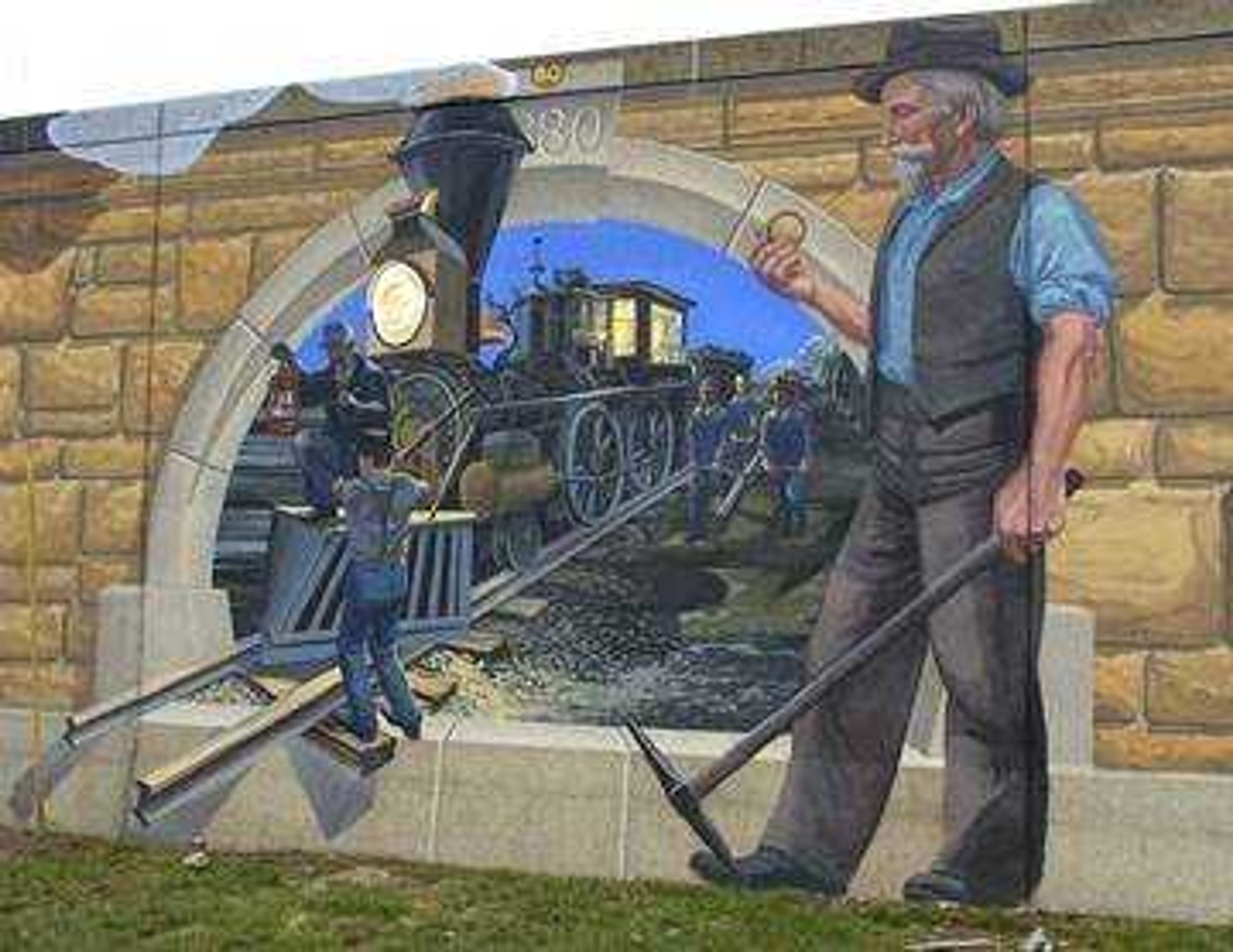
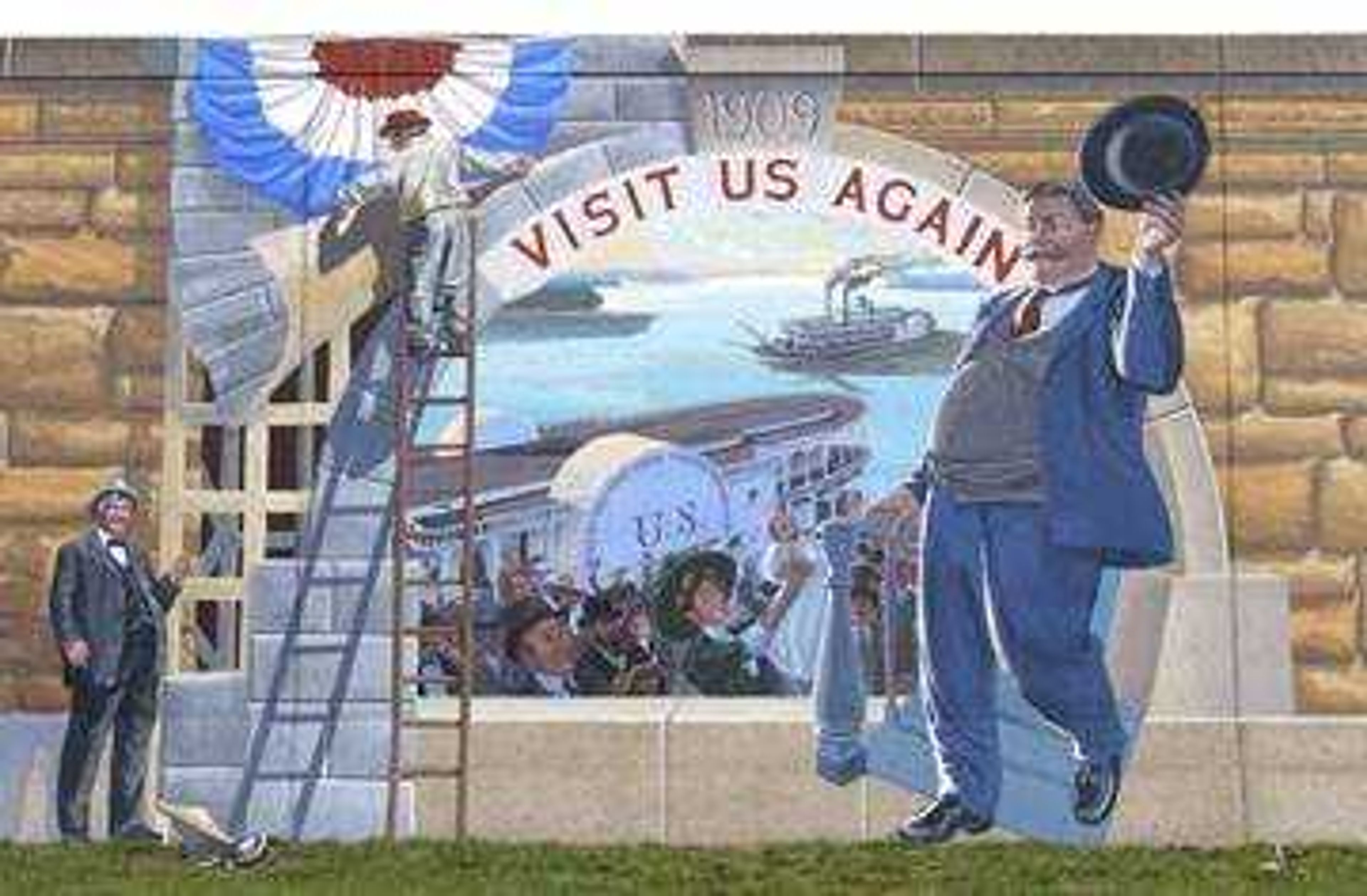




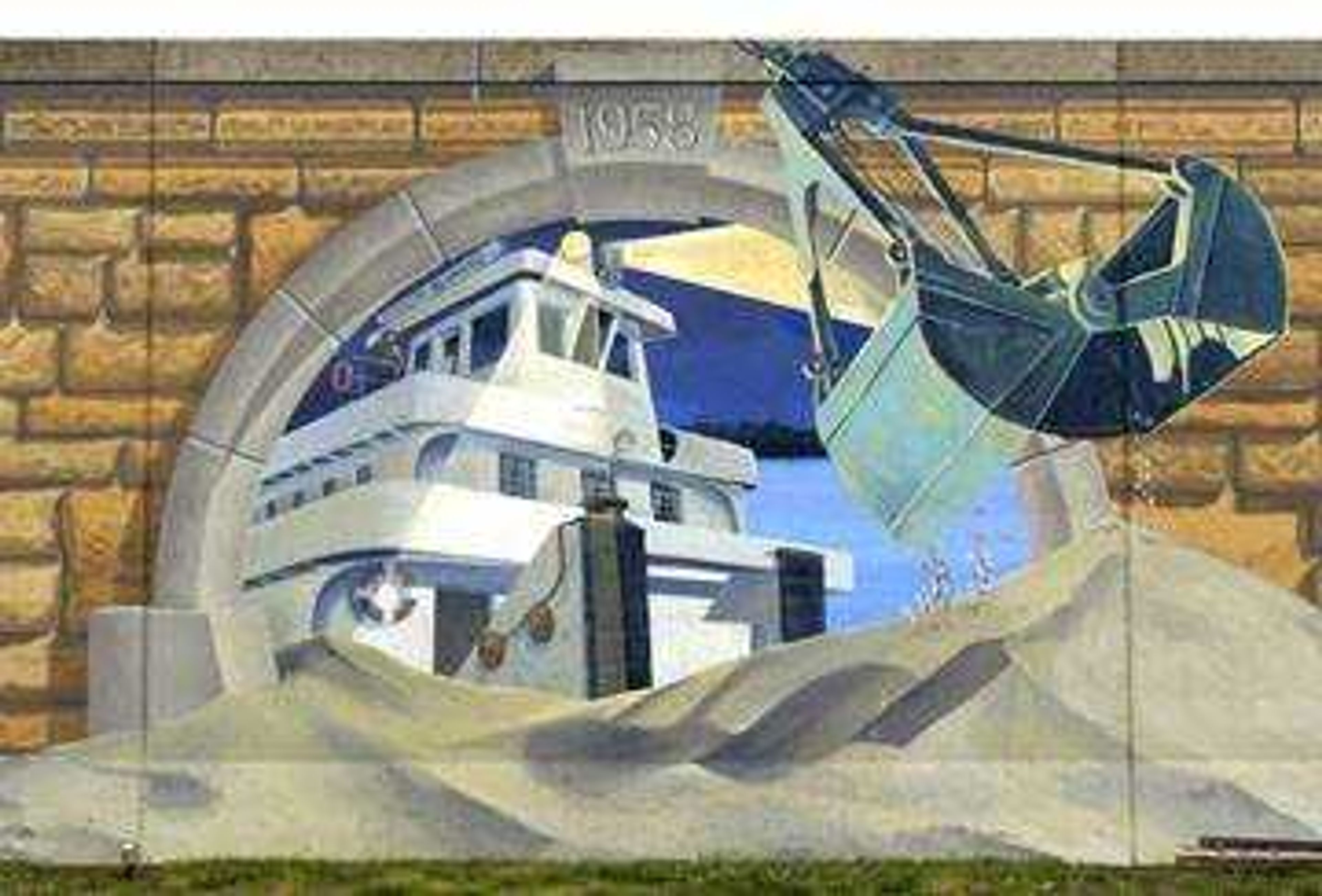

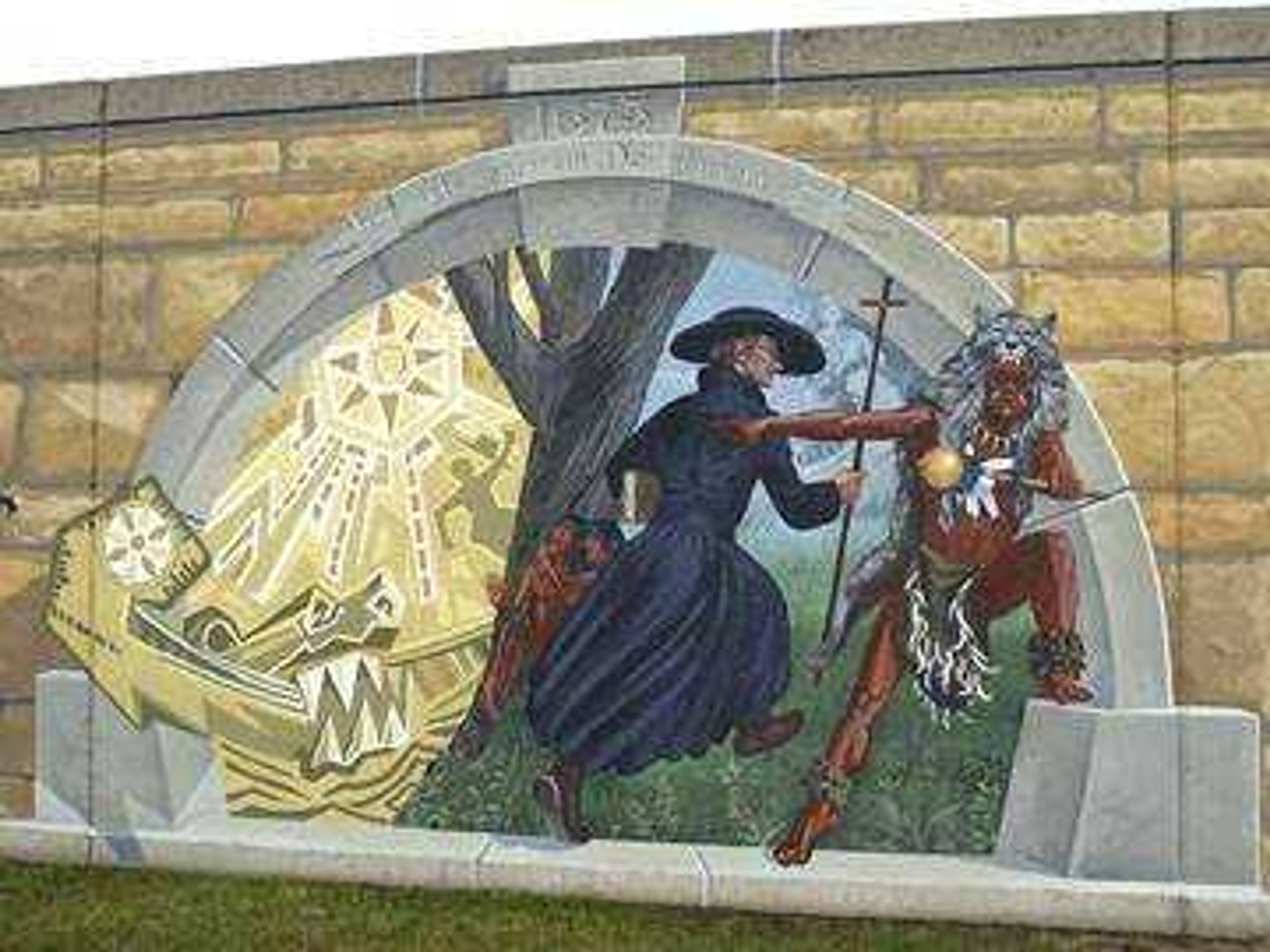

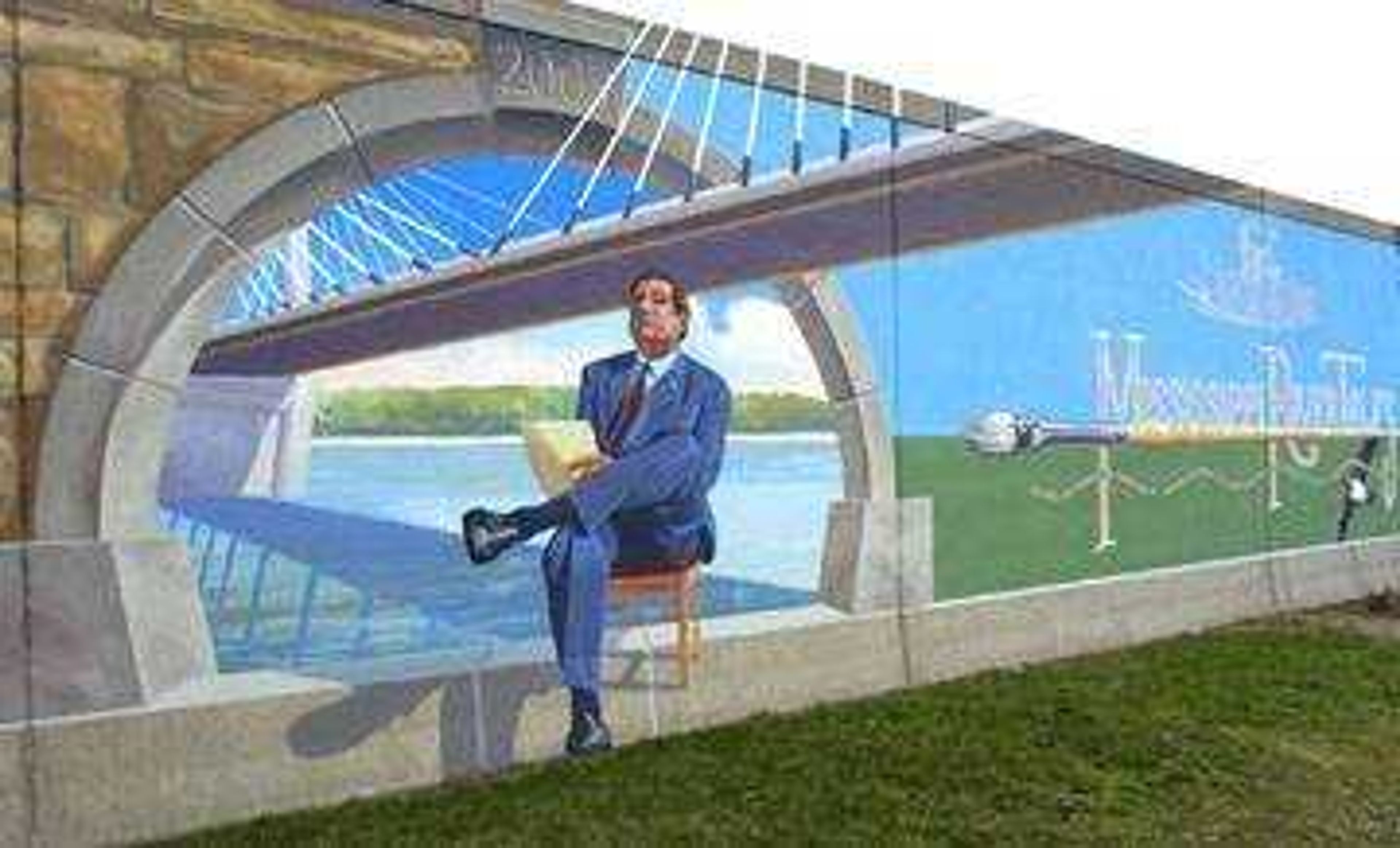
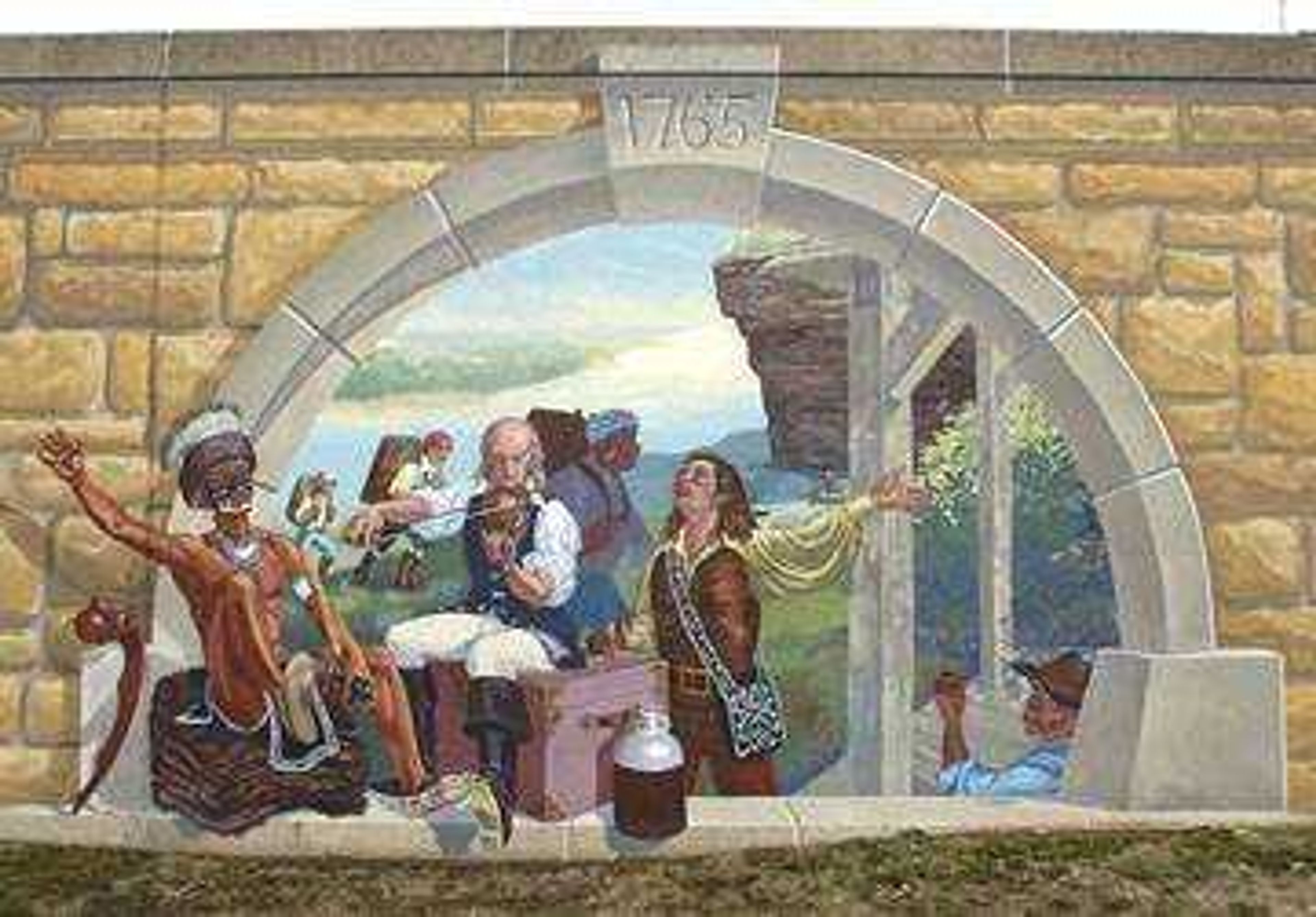
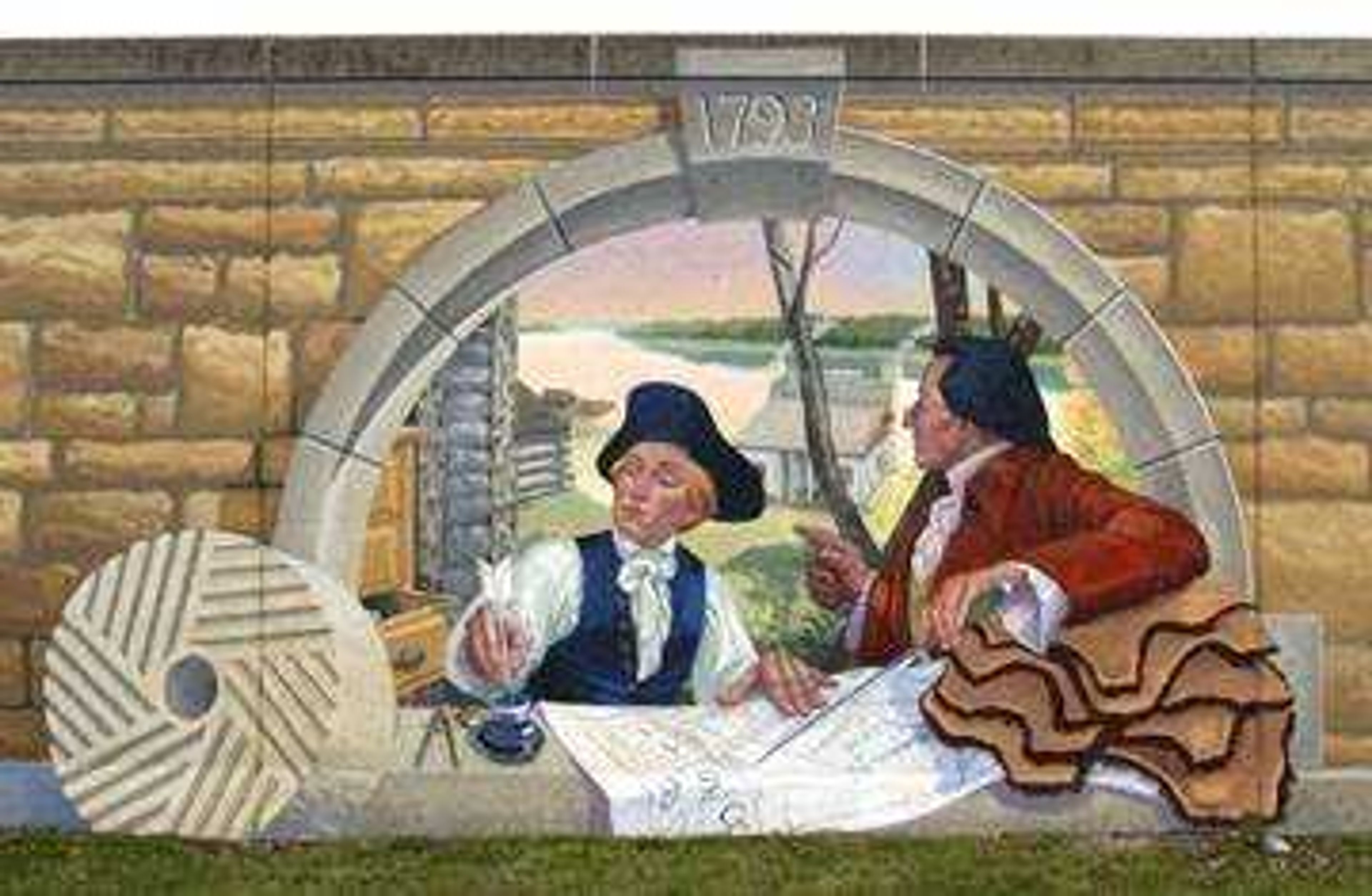

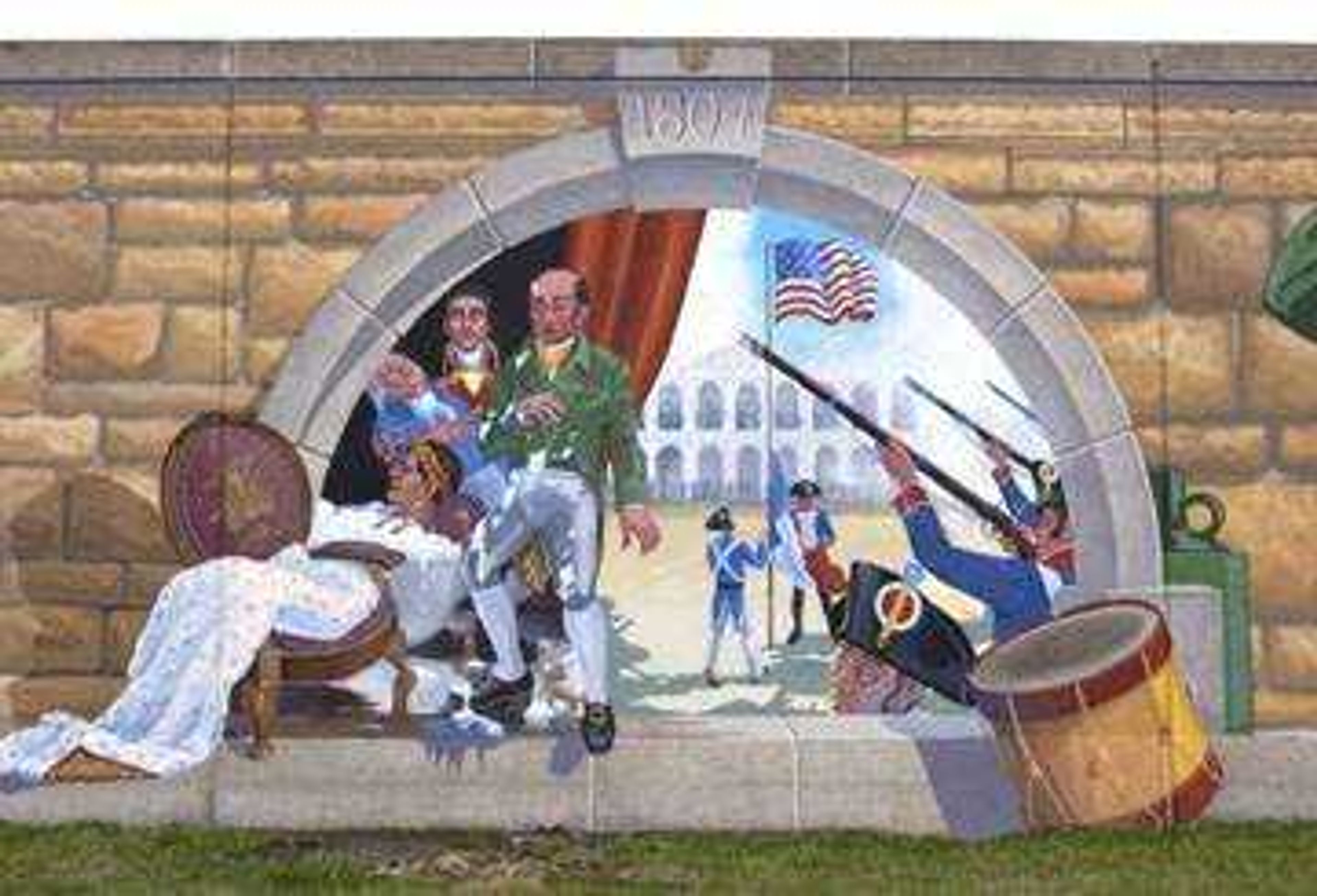
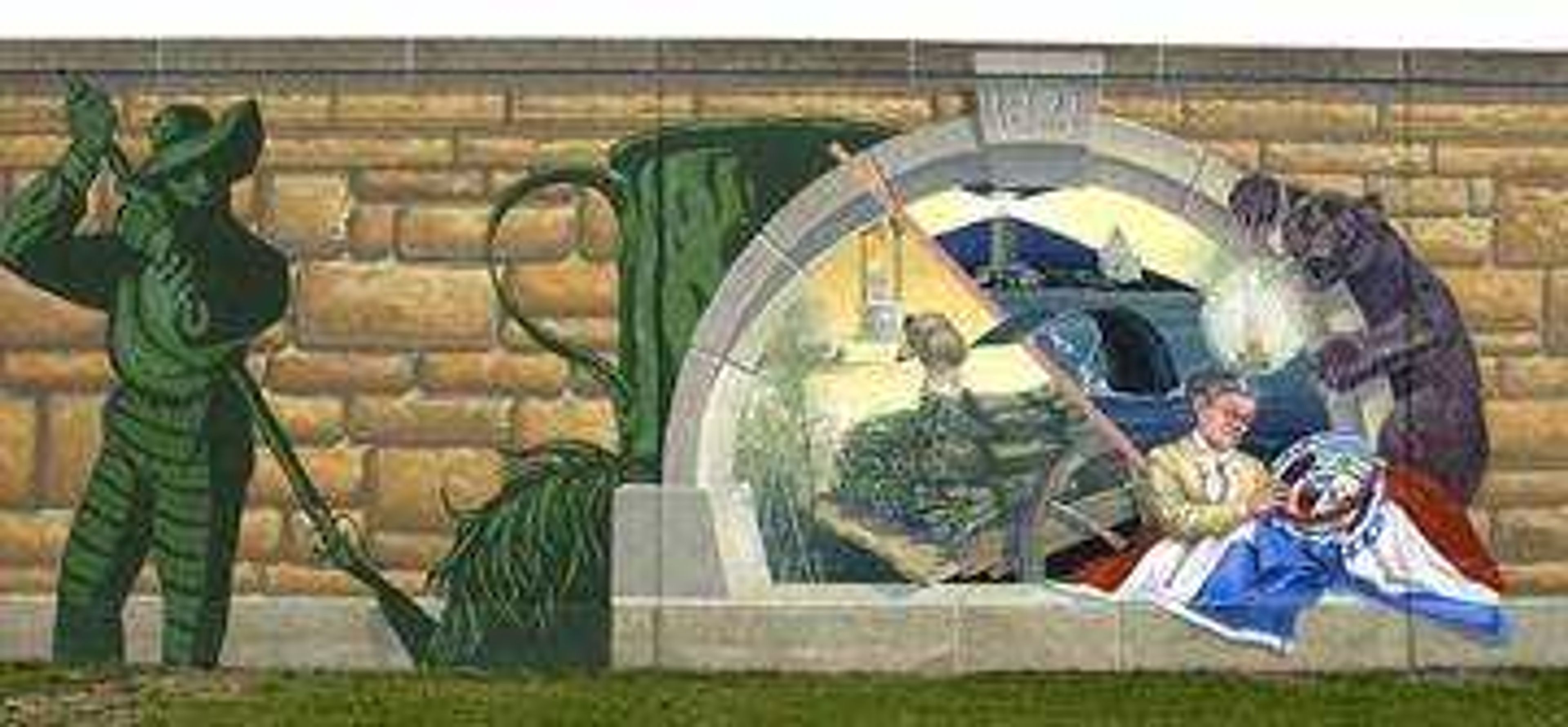
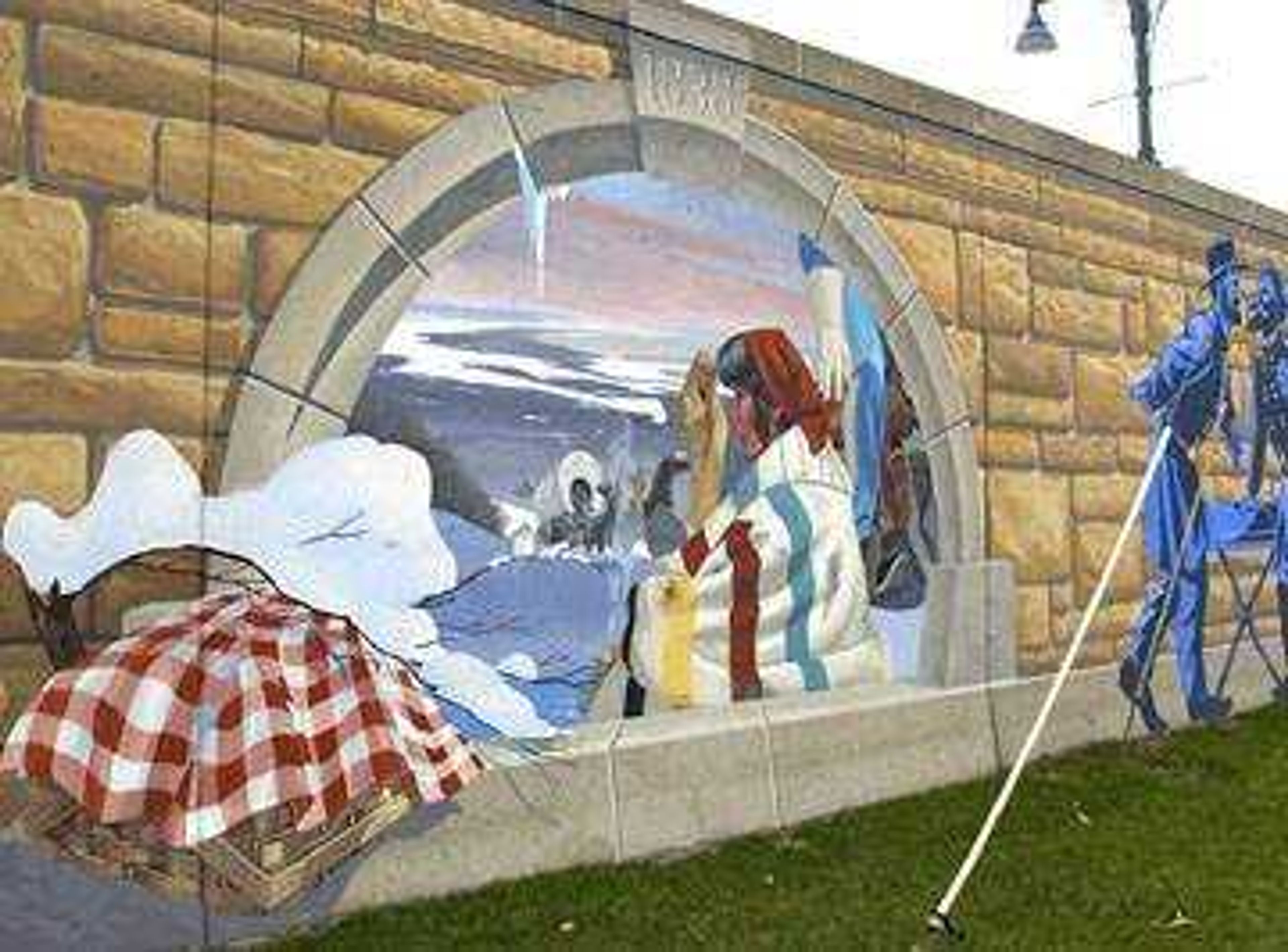

Receive Daily Headlines FREESign up today!
The River Heritage Mural Association presents the history of Cape Girardeau with 24 painted panels on the Mississippi River floodwall.
Story Tags
Connect with the Southeast Missourian Newsroom:
For corrections to this story or other insights for the editor, click here. To submit a letter to the editor, click here. To learn about the Southeast Missourian’s AI Policy, click here.
Related
Advertisement
Receive Daily Headlines FREESign up today!








